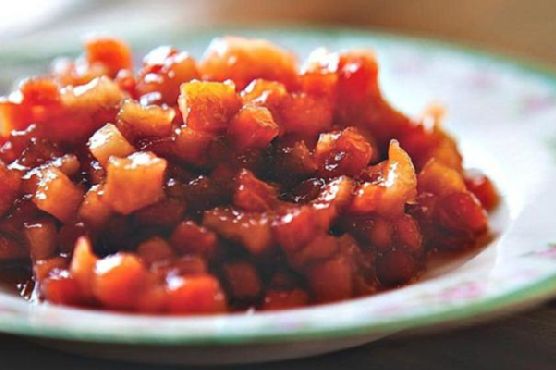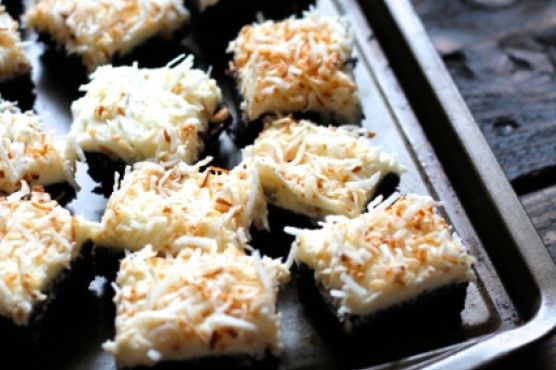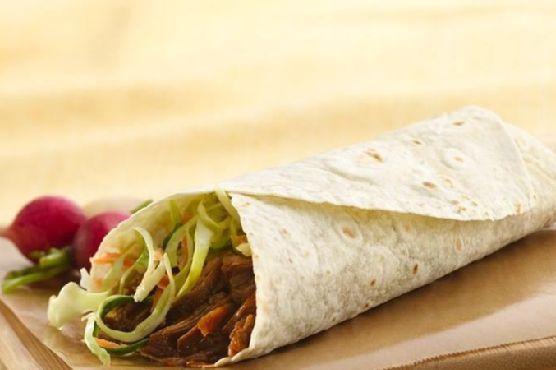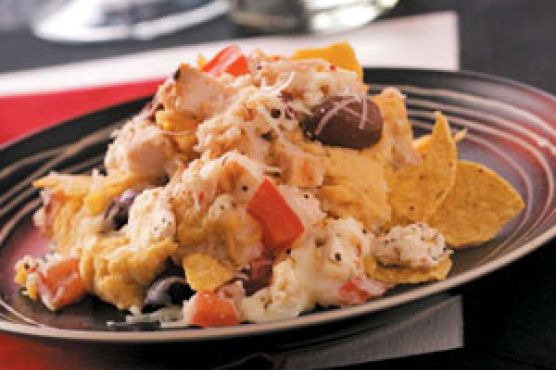Fall Fruit Compote
If you have approximately 45 minutes to spend in the kitchen, Fall Fruit Compote might be a spectacular gluten free and lacto ovo vegetarian recipe to try. This side dish has 131 calories, 1g of protein, and 3g of fat per serving. This recipe serves 8. For 68 cents per serving, this recipe covers 2% of your daily requirements of vitamins and minerals. It can be enjoyed any time, but it is especially good for Autumn. 7 people were glad they tried this recipe. It is brought to you by Foodista. Head to the store and pick up apple cider vinegar, brown sugar, dried cherries, and a few other things to make it today. Taking all factors into account, this recipe earns a spoonacular score of 8%, which is improvable. Try Fall Fruit Compote, Sunday Brunch: Fall Fruit Compote, and Angel Food Cake with Fall Fruit Compote for similar recipes.
Servings: 8
Ingredients:
1/4 cup apple cider vinegar
1/4 cup apple juice
2 Honeycrisp apples, cored and diced
¼ cup brown sugar
¼ stick butter
1 cinnamon stick
1/2 cup dried cherries, chopped
2 pears, cored and diced
Equipment:
sauce pan
Cooking instruction summary:
- Melt the butter in a medium saucepan over high heat. Add the diced apples, pears, cherries, vinegar, apple juice, brown sugar, and cinnamon stick. Cook for 5 minutes. Lower the heat to medium and cook a few minutes more, until the fruit is tender and the liquid has boiled away. Add a bit more apple juice to keep the fruit from scorching. The compote will keep for a week, refrigerated. Serve warm with potato latkes.
Step by step:
1. Melt the butter in a medium saucepan over high heat.
2. Add the diced apples, pears, cherries, vinegar, apple juice, brown sugar, and cinnamon stick. Cook for 5 minutes. Lower the heat to medium and cook a few minutes more, until the fruit is tender and the liquid has boiled away.
3. Add a bit more apple juice to keep the fruit from scorching. The compote will keep for a week, refrigerated.
4. Serve warm with potato latkes.
Nutrition Information:
covered percent of daily need















